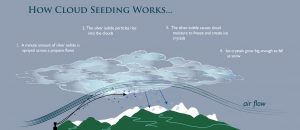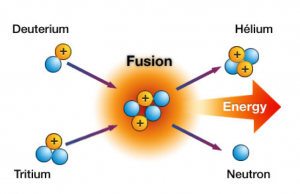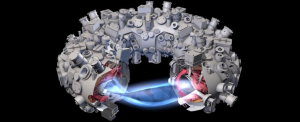Decades ago, individuals had a hard time controlling the flow of water particularly when there was a flood so that their cops could not be water logged. In the current century, the opposite problem is being faced; there is intense water scarcity that has threatened the lives of farmers and their farms (Guilford, 2013). Nowadays, instead of controlling the floods and excess water, there is the making of artificial rain. Artificial rain exists through the process known as cloud seeding, which is ideally a chemical process by which chemicals are launched in the clouds that aid in the acceleration of the process for creating ice crystals that in the eventual end, turn to become rain. This enema is one that has left people baffled, though for the scientists, it is a purely simple concept that lies on combating issues of severe drought. Cloud seeding is a form of modification in which the weather gets to have modifications done where the type or amount of precipitation in the clouds is changed though the dispersion of substances in the atmosphere. These substances act as ice nuclei, or cloud condensation, and they alter the processes that exist within the cloud, hence the rain. The intent of this is to increase the level of precipitation, such as in snow or rain, or decrease fog and hail as in airports.

Cloud seeding can be done by ground generators, plane, or rocket. (Image provided by http://www.snowyhydro.com.au)
Ideally, the process involves temperature differences. The most common way is through the use of silver iodide or dry ice. The temperature of dry ice lies in the range of -78 degrees Celsius. By spreading the dry ice in a cloud that is cold and one that lacks ice crystals will eventually form rain without the aid of the ice crystal nuclei (Central Weather Bureau, 2016). When the temperature of a cloud is said to be above 0 degrees Celsius, then the cloud can be defined as a warm cloud, and when it is below 0 degrees Celsius, then it gets to be known as a cold cloud. A warm cloud will have a process where small water drops become larger through coalescence and collision, which in turn break the buoyancy and fall out of the bottom (Central Weather Bureau, 2016). This is what gets to be known as rain. In a cold cloud, the ice crystals can also in a way grow to become larger and also break the buoyancy of the cloud and fall to the bottom of the cloud. When these crystals pass through a 0 degrees Celsius temperature, they melt and get to become drops of rain. This is the natural process, but when the water drops in the cloud are either too small or are not yet formed enough to form ice crystals that are enough to form rain, chemistry gets into the picture. Artificial ways are used to create crystals of ice or help water drops grow thus facilitating the process of precipitation. Spreading the dry ice reduces the temperature of a cold cloud, thus there will be transformation from water that has been super cooled into crystals of ice, which in the eventual end become drops of rain. Silver iodide is a component that acts as a nuclei for ice-crystals that help and facilitate the process of water solidification below -5 degree Celsius into crystals of ice. Rain will be formed through the process of crystals of ice being under water drops coexistence (Central Weather Bureau, 2016).
Reference:
Snowyhudro [Online]; Science Lab; Houston, Texas, May 21, 2013,http://www.snowyhydro.com.au/waterenvironment/cloud-seeding/cloud-seeding-how-does-it-work/ (Accessed Oct 31, 2016)

